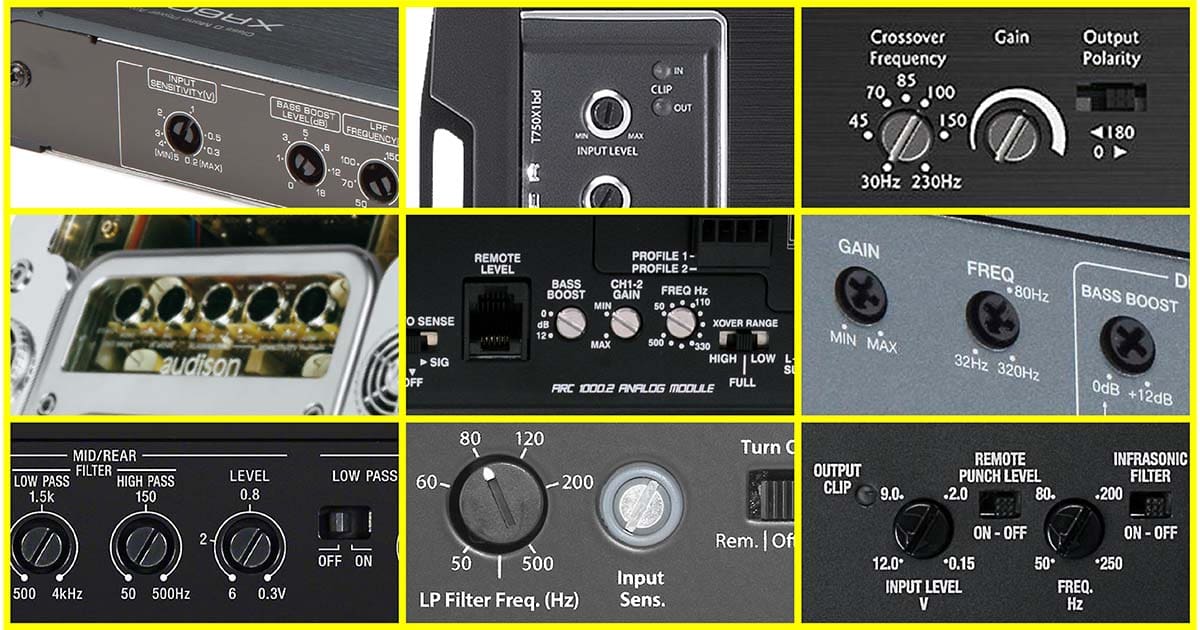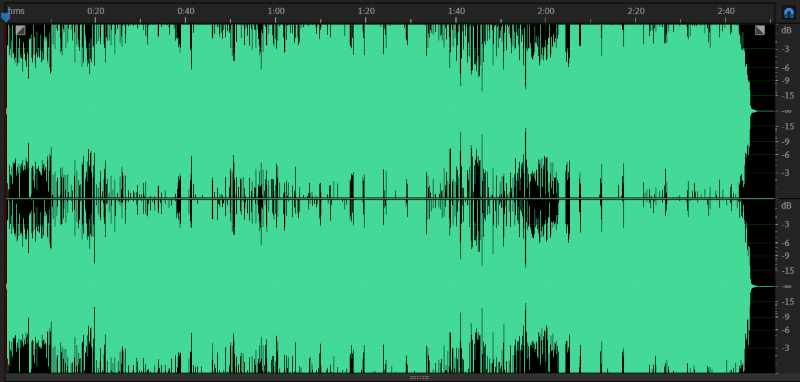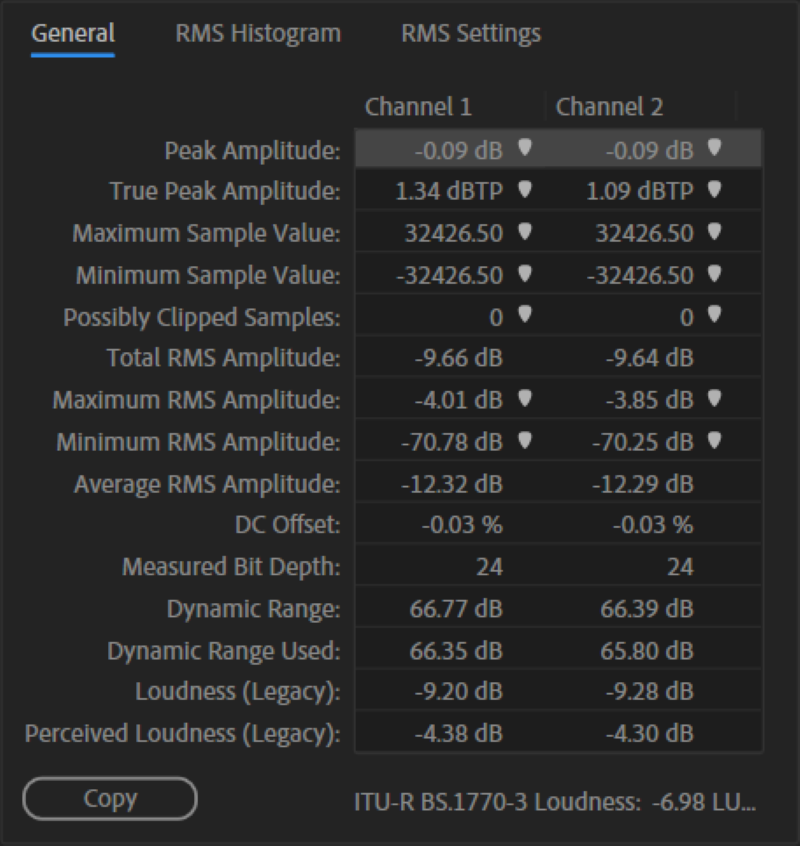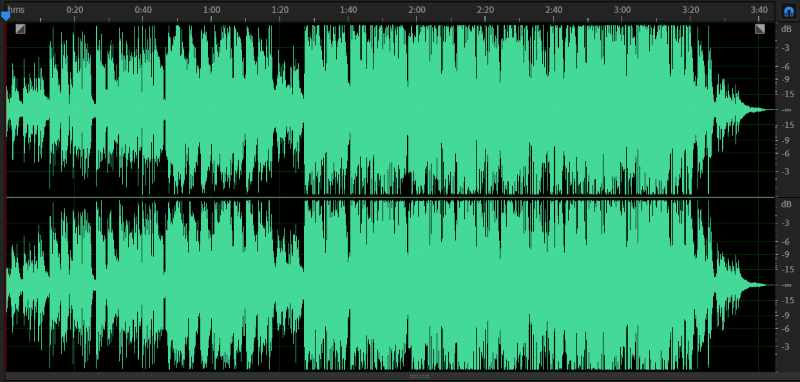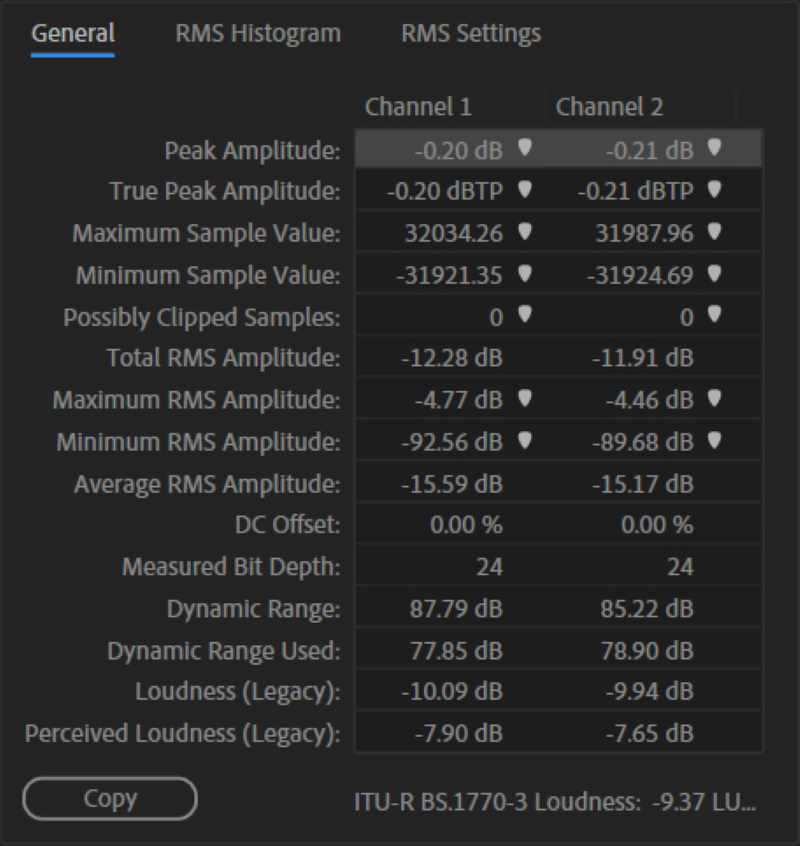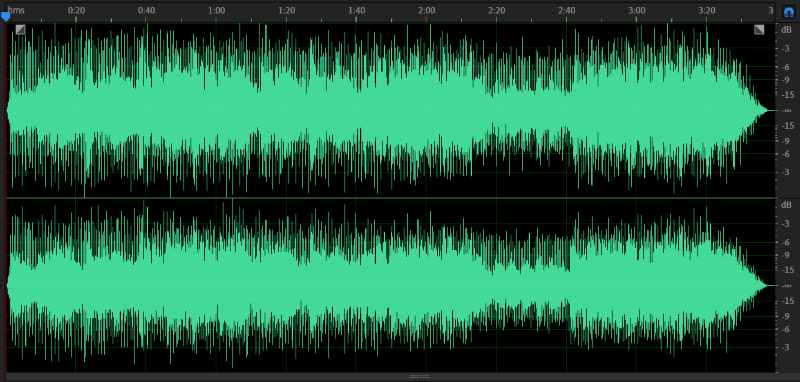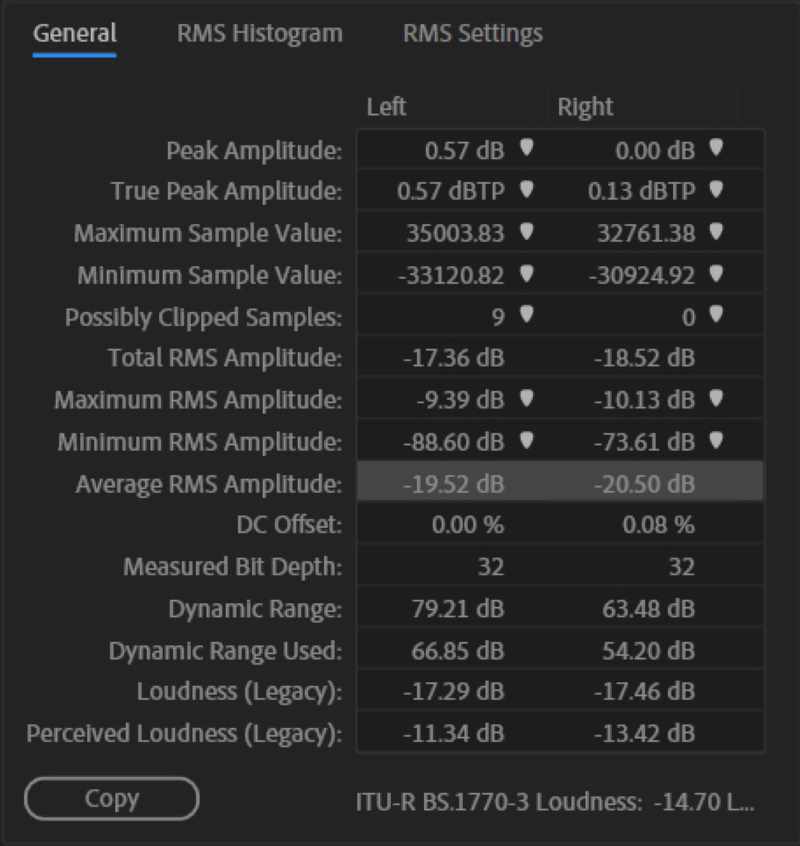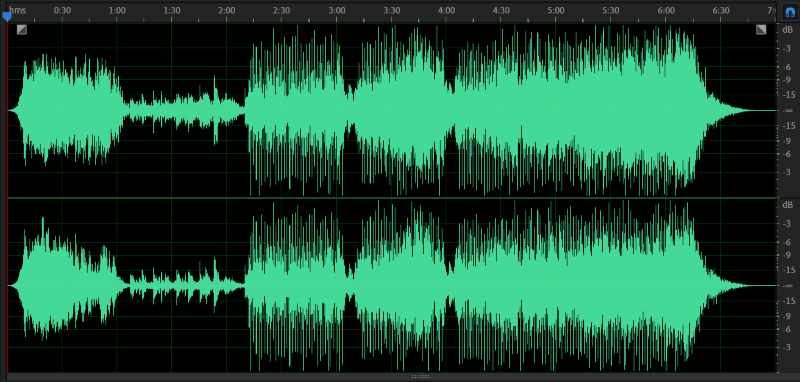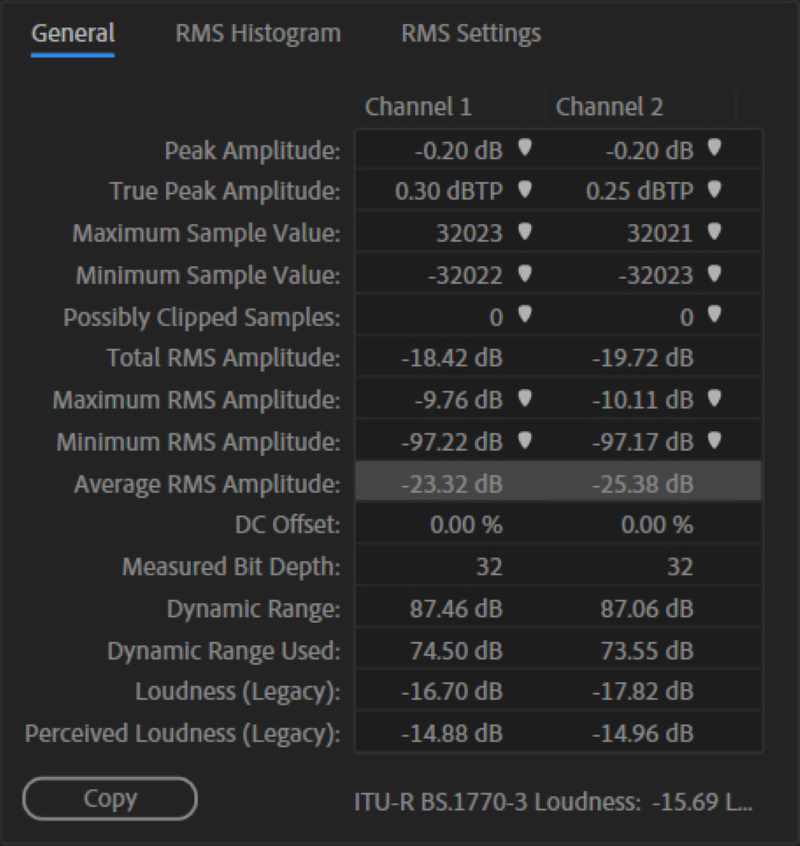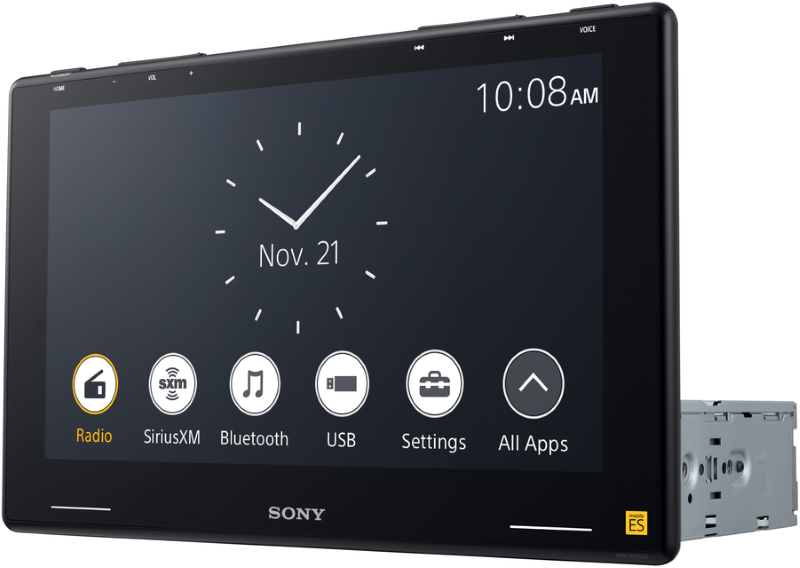Ah, the oh-so-complex world of amplifier sensitivity control configuration. One would think that there would be a scientific process that would ensure that an amplifier could be set perfectly every time. But in reality, many criteria affect where a sensitivity control is adjusted. The topic of gain overlap pertains equally to source units as amplifiers. What is it? Why do we need it? Let’s find out.
Amplifier Sensitivity Settings
The purpose of the sensitivity (or gain) setting on an amplifier is to allow it to be matched with a variety of source options. For example, if you have a 100-watts-per-channel stereo amp and a radio that can produce 2 volts of output on the RCAs, the amplifier needs to have more signal gain than if the radio made 5 volts of output. However, the maximum undistorted power output remains at 100 watts no matter where the sensitivity control is configured.
A few things to think about as we dive deeper into this discussion. In 99% of cases, technicians use a 0 dB track at a specific frequency to set sensitivity controls. If the amplifier is powering a subwoofer or feeding a full-range signal to a speaker, this method should do a good job of preventing any clipping of the outputs. However, if the amp is used with a high-pass filter to power a set of midrange speakers, there’s an entirely different procedure to find an optimum setting.
Second, music isn’t always recorded at the loudest possible level. Modern music is close, though. Let’s look at a few tracks to get an idea of this concept.
First is the amplitude-based analysis of “Galway Girl” by Ed Sheeran.
As you can see, the song is recorded at a reasonably high volume and maintains a high average volume. Having a look at the statistics shows us that the maximum recording level is -0.09 dB, very close to the maximum possible level of 0 dB. The average level for the song is -9.65 dB, as shown below.
Let’s look at another track. This time we’ll analyze “Easy on me” by Adele.
Not surprisingly, this song doesn’t appear quite as loud – that is, until the drums come in at 1:27 into the song. You can see just how much her voice is compressed to the maximum level of -0.20 dB. The average level for this track is a little lower at -12.28 dB.
Let’s go back a few decades and see how music was recorded before the “loudness wars” resulted in produces and engineers boosting levels to make voices stand out on the radio. Here’s “Hungry Like the Wolf” by Duran Duran.
This track dramatically represents how the average loudness of modern songs has been boosted. You can see lots of black space below the 0 dB peak.
The peak level for this track remains high at 0 dB on the right channel, but now our average level is way down around -20 dB. In terms of how loud the song seems, this would be 8 to 10 dB lower than something modern.
Last and certainly not least, let’s look at “Brothers in Arms” by Dire Straits. It shouldn’t be news to anyone listening to this album that it has a low recording level. Or does it?
As you can see in the statistics below, the average RMS level of this track is way down around -24 dB. If you want this loud, you’ll need to turn up the volume a little more. Keep in mind, though, the maximum recording level is still high a -0.20 dB.
Introducing Gain Overlap
From a purely scientific standpoint, all of the recordings analyzed above have a very similar maximum recording level. As such, if your audio system is set up to just clip with the volume at full, it should be fine. However, in reality, we might want to be able to turn the volume up a little higher than full, so we can make quiet songs loud. This ability to turn the volume up higher is gain overlap.
Let’s say we want the average level of Duran Duran to be the same as Ed Sheeran; we need about 8 dB more gain in the system. That sounds simple enough, right? Your installer can increase the sensitivity control such that a lower input voltage will drive our 100-watt amplifier to produce full power.
All fine and dandy, right? What happens when our favorite modern song starts to play on the radio, and we crank the volume? Now we have 8 dB extra gain, and the amplifier is driving hard into clipping, adding tons of distortion. The music will sound terrible, and the additional high-frequency content (caused by clipping the outputs) can and likely will overpower the tweeters in the system and damage them.
Let’s take a look at a modern source unit. We have the Sony XAV-9500ES Mobile ES receiver set up on our test bench from its recent Test Drive Review. The built-in amplifier is configured with a typical amount of gain overlap. Playing a 0 dB test tone, the output of the amplifier reaches full power when the volume control is 44 out of 50. Add six more “notches” to make things good and loud. There is 6 dB of gain overlap in this particular radio on the built-in amplifier.
Use Your Power for Good, Not Evil
So, why design or configure an audio system so that you can easily push an amplifier to the point that it distorts? We’ve discussed the technical reason already: To play quiet audio sources at the maximum output level of the amplifier. Does having gain overlap built into a system mean you can potentially damage it? Yes. Absolutely 100%, yes. As such, this means that the system operator needs to take some responsibility for how loudly it’s played. Translated, that means you have to know when you’ve reached full volume in terms of the amplifier’s output capabilities. Your installer should be able to tell you what “full volume” is for normal modern recordings, just like the 44/50 on the Sony radio. Be honest with yourself; if you aren’t going to be able to curb your enthusiasm, ask the technician working on your installation not to include any overlap.
What if you ignore our suggestion and just crank the volume? How hard is your amp going to try to work? For example, a sensitivity setting with 6 dB of overlap would make the amp try to produce 400 watts of power if you maxed out the volume with a track recorded at 0 dB.
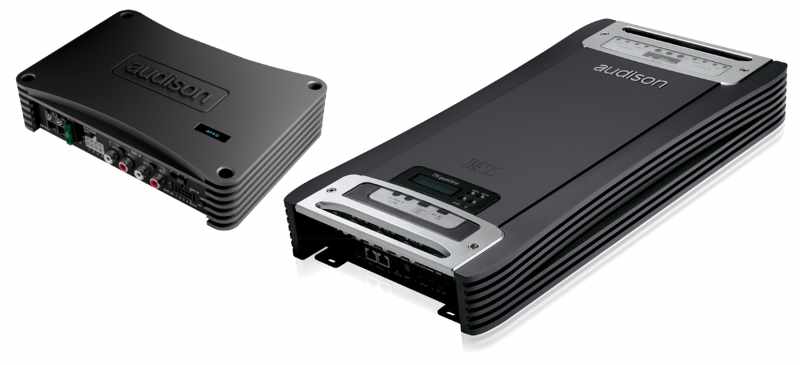
Seventy watts per channel, or 160 watts? Audison offers a variety of solutions to let the product specialist you’re working with design a system that will perform the way you want.
How To Avoid Distortion and Play Your Music Loudly
So, what’s needed to design an audio system where the amplifiers can’t distort? The short answer is money. If you want to feed 50 watts of power to your speakers, but have the system configured with 6 dB of gain overlap, then buy a 200-watts-per-channel amp. If you want to provide your subwoofers with 500 watts of power, choose a 2,000-watt amp. Financially, this doesn’t work, does it? A good 500-watt monoblock amp might cost $650. A 2,000-watt amp of the same caliber might cost $1,500-2,000.

A customer shopping for a 300-watt amplifier isn’t going to be impressed when a product specialist suggests a 1,200-watt amp, “just in case.”
Of course, while our wallets might not like the suggestion above, that’s not the only problem. The speakers in your car or truck won’t be capable of handling four times their rated power for very long. For example, if you have a subwoofer rated for 500 watts but feet it 2,000 watts for more than a few seconds, the voice coil is likely to be damaged. Likewise, the suspension components likely aren’t designed to provide the increase in excursion that 2,000 watts of power would command.
If you want your system to play at extreme volume levels, then you’ll want more speakers or subwoofers in the system. If a set of good quality 6.5-inch component speakers and a 10-inch sub aren’t loud enough, consider adding a second set of speakers and a second subwoofer. You can also double the system’s power, so each driver works equally hard. Pushing a low to moderately rated speaker beyond its capabilities will sound bad and likely damage it. Also, overdriven speakers shouldn’t be covered under the manufacturer’s warranty. That’s not a design or component failure; it’s abuse.
When you’re at a local specialty mobile enhancement retailer discussing your audio system, be honest about your expectations. If you can’t afford the system you want, wait until you can. Purchasing less than you’ll be happy with is a good way to damage the speakers or subwoofers.
This article is written and produced by the team at www.BestCarAudio.com. Reproduction or use of any kind is prohibited without the express written permission of 1sixty8 media.
